I'll throw an answer since I think the current one is incomplete...and I also think the comment of "simple heuristic" is premature. I think that if you cluster on points, you'll get a different result than what your diagram depicts. As the clusters will be near the end-points and you wouldn't get your nice ellipses.
So, if your data really does behave similarly to how you display it. I would take a stab at turning each set of 2/3 points into a longer list of points that basically trace out the lines. (you will need to experiment on how dense)
Then run HDBSCAN on the result see video ( https://www.youtube.com/watch?v=AgPQ76RIi6A ) to get your clusters. I believe "pip install hdbscan" installs it.
Now, when testing a new sample, first decompose it into many(N) points and fit them with your hdbscan model. I reckon that if you take a majority voting approach with your N points, you'll get the best overall cluster to which the "line" belongs.
So, while I sort of agree with the "simple heuristic" comment, it's not so simple if you want the whole thing automated. And once you watch the video you may be convinced that HDBSCAN, because of its density-based algorithm, will suit this problem(if you decide to create many points from each sample).
I'll wrap up by saying that I'm sure there are line-intersection models that have done this before...and that there does exist heuristics and rules that can do the job. Likely, they're computationally more economical too. My answer is just something organic using sklearn as you requested...and I haven't even tested it! It's just how I would proceed if I were in your shoes.
edit
I poked around and there a couple of line similarity measures you can possibly try. Frechet and Hausdorff distance measures.
Frechet: http://arxiv.org/pdf/1307.6628.pdf
Hausdorff: distance matrix of curves in python for a python example.
If you generate all pair-wise similarities and then group them according to similarity and/or into N bins, you can then call those bins your "clusters" (not kmeans clusters though!). For each new line, generate all similarities and see which bin it belongs to. I revise my original comment of possibly being computationally less intensive...you're lucky your lines only have 2 or 3 points!



